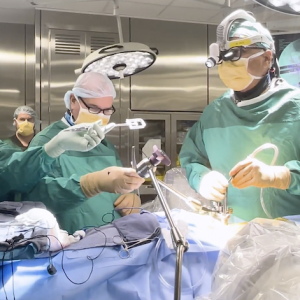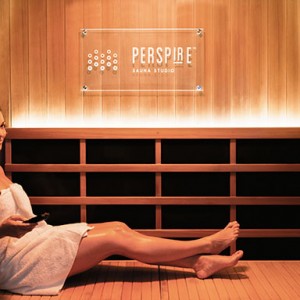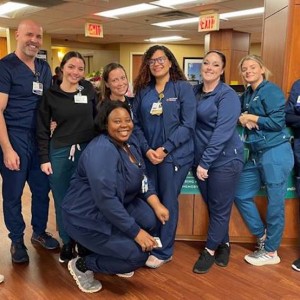In an ABC news segment last June, cancer survivor Richard Wright described his experience with a Magnetic Resonance Imaging Guided Linear Accelerator (MRI-LINAC) at Moffitt Cancer Center as “a game, and it’s actually kind of fun.” His enthusiasm for the cancer treatment seems puzzling when directed at a high-tech piece of equipment used to treat an often-deadly condition, and rightfully so. But it’s the manner in which Wright underwent treatment that inspired so much optimism.
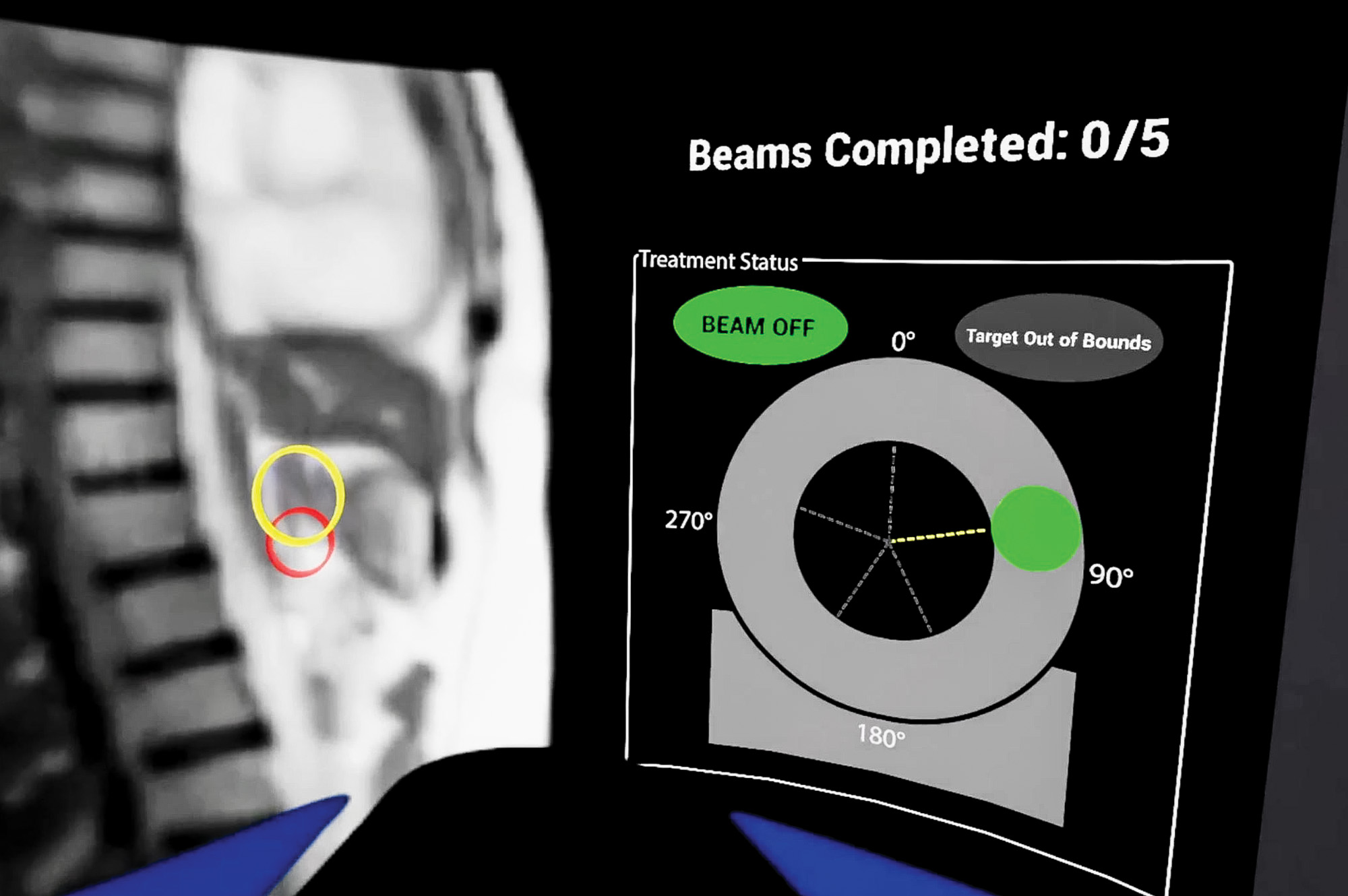
RINGLING COLLEGE VR STUDENTS STORYBOARD CONCEPTS FOR THE INTERACTIVE GAMING MODEL.
The machine requires that patients stay as still as possible for 25-second intervals to ensure greater accuracy of the targeted radiation dose. Even breathing makes organs and other internal physiological components of the body shift. So, patients like Mr. Wright—already anxious about being placed inside a cramped, loud machine for treatment of a disease that for decades has had the feel of a death sentence—now have the added burden of holding their breath. “I’ve had patients come in on the morning of their treatment and say, ‘I couldn’t sleep, I was thinking about my breathing,” says Dr. Sarah Hoffe, Moffitt Cancer Center’s section head of gastrointestinal radiation oncology. “But if you can get clients to go from feeling terrified to feeling like it’s a game—that’s powerful,” And to that end, Virtual Reality (VR) technology has much to offer.
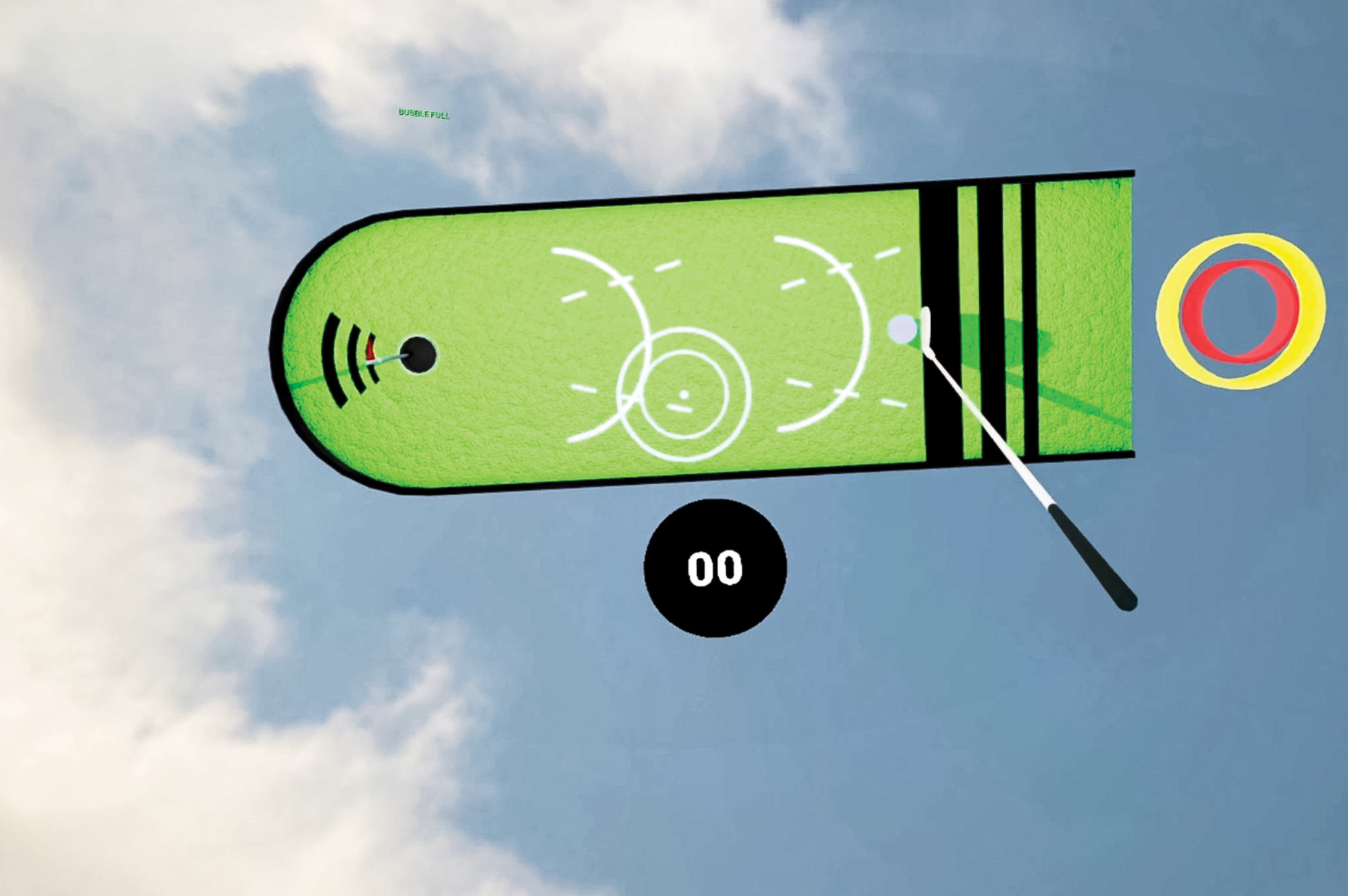
RINGLING COLLEGE VR STUDENTS INVOLVED IN THE PROJECT ASSESS THE APPLICATION OF THE IMMERSIVE VR MODULE.
Though most people are familiar with VR as a technology used in the video game or entertainment industries, its use as an immersive training tool is likely to contribute more meaningful gains to society. Local coffee and ice cream shop, Rise & Nye’s, uses VR training modules as part of its onboarding process for the employees with developmental challenges that it hires. Dr. Hoffe, who is heavily involved in mentorship at Ringling College with its Creative Writing program, saw potential in the school’s VR program for “gamifying” the pre-treatment experience of her patients. After conversations with college president, Dr. Larry Thompson, Dr. Hoffe helped orchestrate a partnership through the school’s INDEX (Industry Experience) initiative.
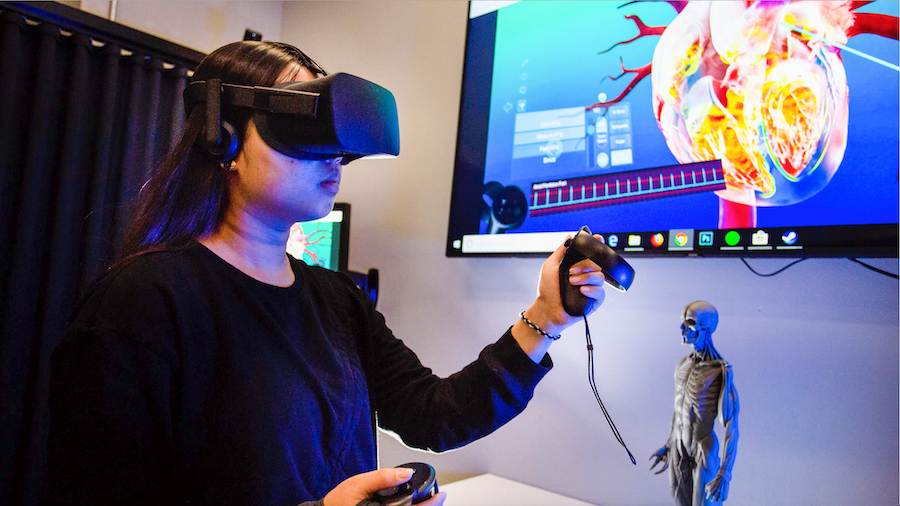
STUDENT TESTS OUT THE VIRTUAL REALITY DESIGN AND SYSTEM IN RINGLING COLLEGE'S VR LAB.
The goal of that partnership is to help acclimate new patients to the requirements of an MRI-LINAC procedure. Spearheading this “gamification” of the pre-treatment process was Ringling College student, Joseph Janssen. “My freshman and sophomore years in the program, I had tunnel vision for game design and entertainment,” says Janssen, “but this INDEX project has really opened my eyes to a lot more industries where the technology can be applied.”
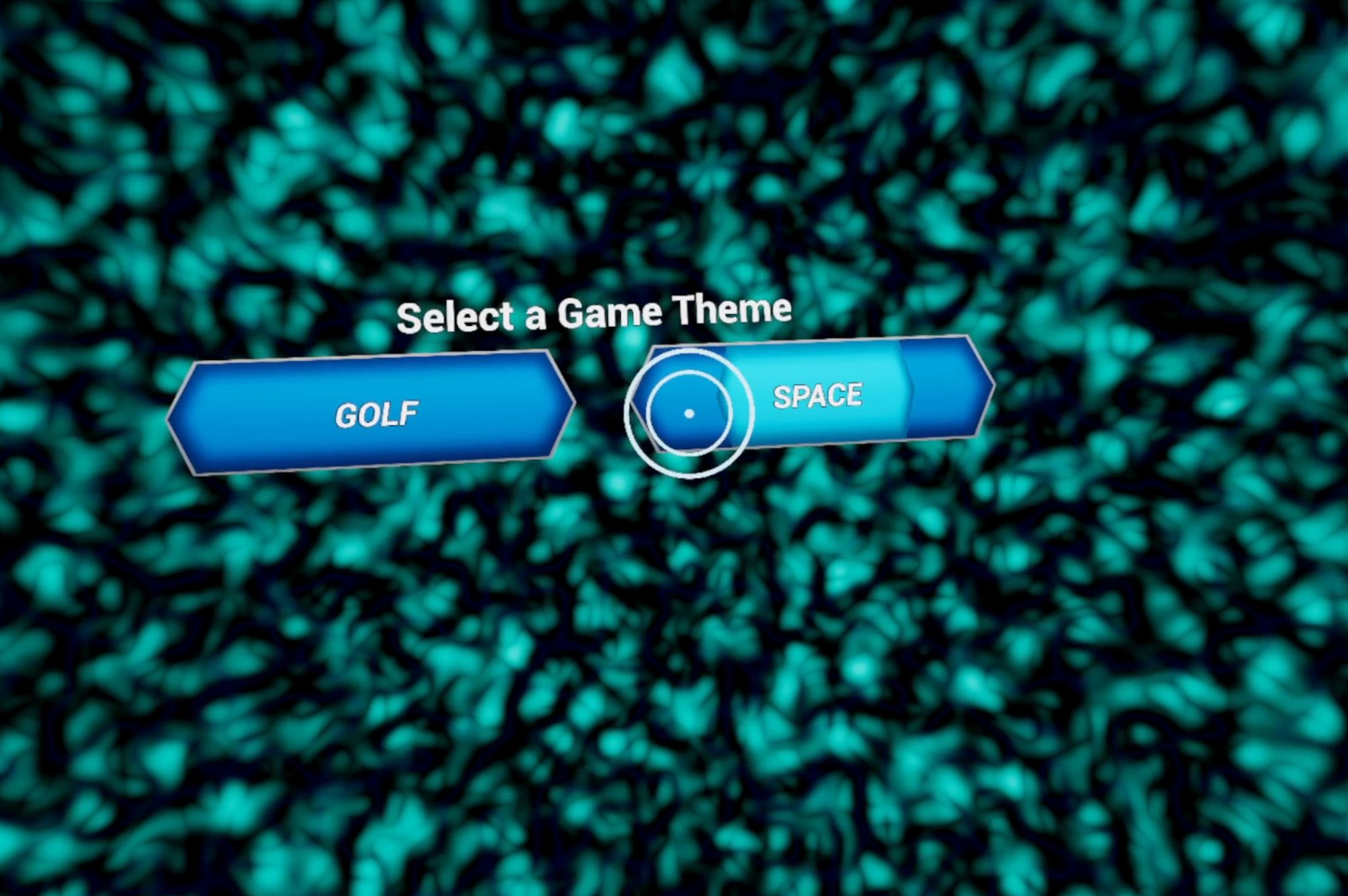
SCREEN SHOTS OF THE SCREEN PATIENTS SEE WHEN THEY ARE TAKING THE MRI SCAN.
Already experienced in the rudiments of objective-based VR experiences, Janssen applied his skills to an experience that could coach prospective MRI-LINAC patients on the physical demands of staying perfectly still during the procedure. The experience includes a series of cues that walk the patient through the full duration of the treatment, with breathing prompts and timers along the way. “Working with the patient advisors was critical,” says Janssen, “especially with Mr. Wright because he’s been through treatment with the MRI-LINAC and could be really specific with what worked and what didn’t.”
In his interactions with Wright, Janssen also adopted his idea of incorporating golf elements into one of the design options. “It’s something that seems so obvious with the demographics in the region,” says Hoffe, “but we didn’t think of it until Mr. Wright said something.” A small putting green serves as the graphic for the timer element, with the clock starting upon a golf club’s impact with the golf ball and ending as it falls into the hole. A VR controller attached to the patient’s chest begins the animation when it senses the patient has held their breath. The other “game” option sees the patient hold their breath as a moon goes through its cycle over 25 seconds.
Both games seem simple enough when considering how advanced the technology can get, but from a skill-building perspective, Janssen was also able to practice communicating with the end user. “It’s already a really balanced field in terms of using design and logic,” says Janssen, “but adding the interpersonal element was a great learning experience.”
Morgan Woolverton, the college’s interim department head for game art and virtual reality development, sums up the project’s impact perfectly. “The patients that use this design are in a vulnerable place,” says Woolverton, “and Joe [Janssen] was just the perfect fit to lead this project. He has such a strong sense of adventure and curiosity.”
As for the future of the partnership between the Cancer Center and Ringling College, there remains more work to be done. Janssen graduates this Spring and leaves behind a fully functioning prototype that the next cohort of students can refine. Dr. Hoffe will look to take the design’s proof of concept and seek funding for research that can corroborate what she already knows intuitively: patients with less emotional stress have better outcomes.
“We have a great team of researchers here at the center and we want to look at measuring salivary cortisol along with other vitals,” says Dr. Hoffe. Cortisol is known as a stress hormone whose levels directly correlate with experienced stress. Along with heart rate, blood pressure and respiratory rate, the team at Moffitt can track just how effective the VR design is for lowering the stress levels of patients.
“And it doesn’t just lead to better outcomes for patients,” says Dr. Hoffe, “it means they can get through their procedures more quickly and we can treat more patients on a machine that not many hospitals have. So now you’re looking at more optimal schedules for treatment too. The possibilities are truly endless, but it all starts with creativity. Creativity is the currency of innovation.”





